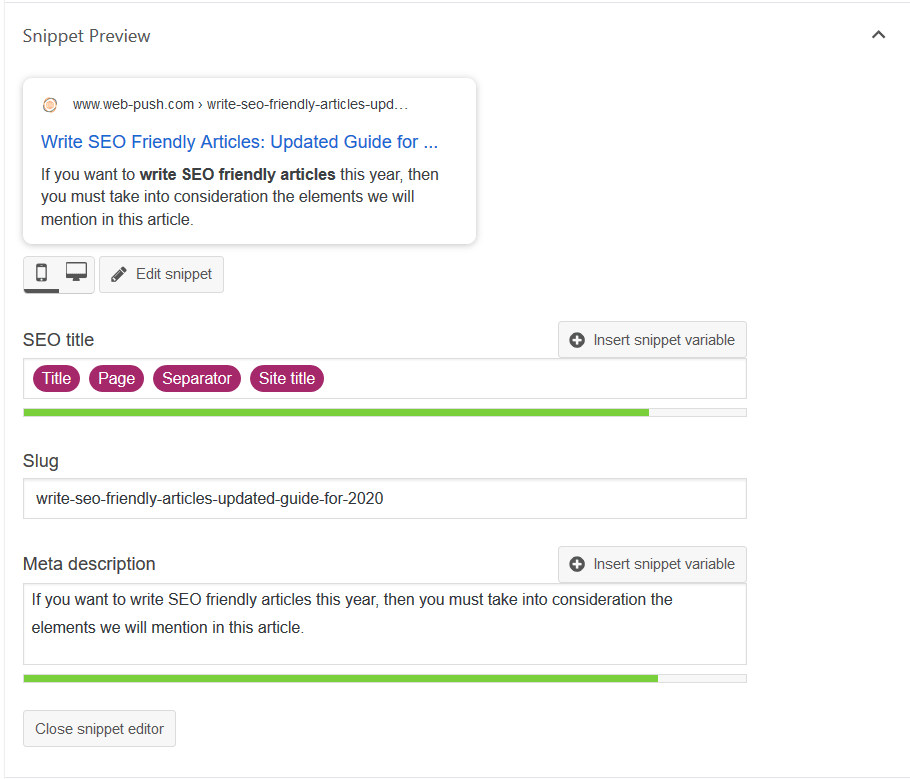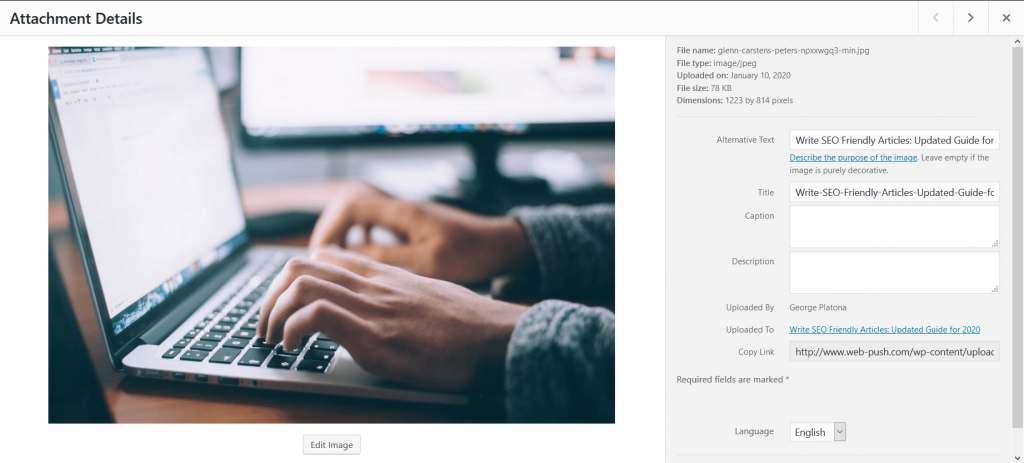Write SEO Friendly Articles: Updated Guide for 2020
In the world of SEO, a large number of factors will end up influencing your results. The main goal is ranking higher. This can only be achieved by applying a large number of essential strategies. A fundamental strategy for dominating the rankings is creating quality content. However, the articles you write need to be SEO friendly if you want to maximize your efforts.
There’s a major difference between writing quality content for a printed format and writing content for the web. Although your overall message is the most important, web articles need to meet some technical requirements to rank as high as possible. We are going to highlight a few of these requirements in this article.
Keep in mind, before writing anything and applying these recommendations you need to consider your audience and perform proper research. For that, you can use paid or even free tools to generate some reliable results. That being said, make sure to consider the following fundamentals if you want to write SEO friendly articles.
Post and Meta Title
There are two distinct titles that an article has. One is the post title seen by your readers when entering your article, and the other is the meta title seen by the search engine crawlers. It’s very helpful to use these two different type of titles as it gives you more freedom.
The Post title should be user-friendly so it conveys the idea of your article pretty easily. However, you can optimize the meta title as much as you want by including your main keyword in there. You can set up these two different titles by using a simple plugin like Yoast SEO. If you’re not specifying a meta title, the search engines will use your post title.
Moreover, make sure to include your keyword in the title as a general rule. If you can, place your keyword right at the beginning of the article as it will give you a higher boost. Try to keep everything under 66 characters to maximize the visibility of your title.
Meta Description
If you ever surfed the web then you’re most certainly familiar with meta descriptions. They are those descriptions situated under any web page ranked in Google. Sometimes they can be very helpful and other times they can be frustrating. However, from the perspective of a content creator, they are very important!

You should include a meta description for every page you create. Articles are considered by Google as pages so don’t skip them. The length of a meta description is limited to 156 characters so make sure to use it wisely.
Include your main keyword in there and try to make everything sound as good as possible. This is going to be the first interaction a user will have with your article. The better you can sell your work, the more traffic you can gain. Not including a description, it’s a missed opportunity as Google will display a random part of your text.
Although it’s recommended to include these descriptions, they will not necessarily impact your rankings directly. However, such a description can guide users when searching online, increasing your chances of receiving a click. This can impact your rankings indirectly by communicating your authority and the value of your articles to search engines.
Image Alt Text
Google and all other search engines can only analyze text. Even if Artificial Intelligence will be able to directly analyze images, we’re still far away from that situation. Until then, we’ll have to do our best by explaining the intention of an image through text.
This is the reason why using a generic and non-explicit name is a huge missed opportunity. Make sure to explain the image you’re uploading in a few direct keywords. Google will be able to consume the image easier and rank your article for relevant searches.

Adding an alt text it’s a straightforward process. You’ll have to only invest a few minutes for each article but the potential benefits are huge. In WordPress, you can easily add an alt attribute to your image when uploading it. It’s a manual process but it’s pretty fast.
Crosslinking
Crosslinking between your blog’s posts it’s an underestimated technique that can bring you a considerable positive impact. The internet is just a cluster of outgoing and incoming links. Although getting links from other sites it’s more difficult, you can easily link between your own articles. You can check out our SEO Cross-Linking Tips to gain a better understanding of this.
However, when you write a new article, make sure to always include links to older posts. This can make users spend more time on your site by giving them other content recommendations. It’s a positive engagement signal that increases your overall page views.
However, make sure to specify an advantageous anchor text whenever including an internal link. The anchor text should always be the main ranking keyword of the article you’re linking to. Don’t overstress yourself when this is not possible and try to provide as much value as possible.
Headings
This is one of the most fundamental technicalities that you must perfect if you want to write SEO friendly articles. The title of your post will automatically be H1 – you can’t and don’t want to change that. But, you can change the other headings of your article.
The second highest one is H2. Although it might be more difficult in certain circumstances, always try to include your main keyword in an H2 tag. Include your keyword in as many tags as you feel comfortable with but try not to over-optimize your article as that might negatively impact your rankings.
Conclusion
If you want to write SEO friendly articles this year, then you must take into consideration the elements mentioned above. Some of them might be pretty basic but still highly-important to understand and use. This is our updated beginner guide for 2020. Use it wisely and your rankings might experience a considerable bump.